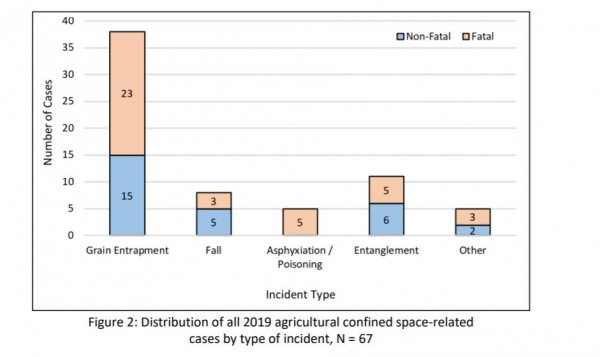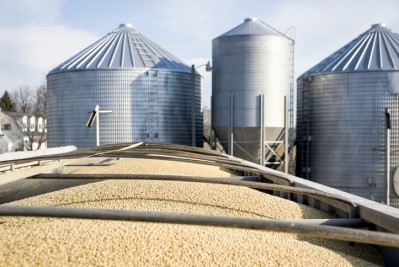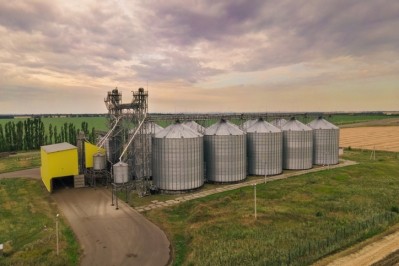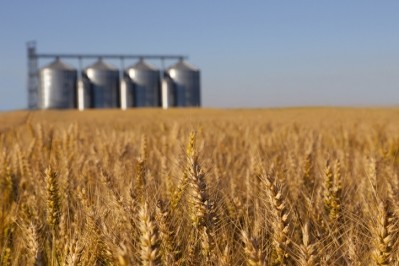US: Hike in grain entrapment incidents last year compared to 2018
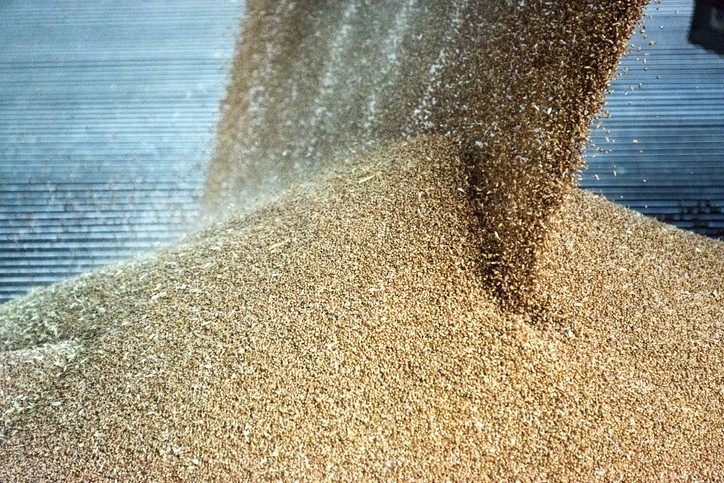
Researchers with Purdue University’s Agricultural Safety and Health Program released information regarding the injuries and deaths that occurred in agricultural confined spaces in a report released earlier this month.
No fewer than 67 fatal and non-fatal cases involving all types of agricultural confined spaces were documented in 2019, representing a 9.8% increase over 2018, they found. They said there were 38 grain entrapments last year, representing a 26.7% increase over 2018.
The states that saw the most incidents included Minnesota, Iowa, and Nebraska, the authors reported. Overall, 15 states had injuries or deaths.
The Purdue Agricultural Confined Space Incident Database (PACSID) has documented incidents related to grain and feed storage and handling on farms and at commercial facilities since the 1970s.
In 2013, the project expanded to include data from grain transport vehicles falls from or into confined spaces, injuries inside of containers related to machinery and added additional types of agricultural confined spaces like liquid storage tanks, manure storage and forage silos.
The majority of incidents being report are happening on smaller farms or facilities, said Bill Field, director, national AgrAbility Project and professor at Purdue University. The attention given to grain and enclosed space safety in the past few years has changed how some larger companies manage the issues, he said.
“The real problem is going to continue to be on farm where there are people who are working alone and not following or not complying with any kind of confined space entry procedures,” he told us.
In addition, the delayed planting and unusual growing season have raised concerns about the potential for an increased number of incidents this year, he said. “A lot of immature crop went into storage and now they’re struggling to get it out … because it’s crusted, spoiled and it just won’t flow.”
“We haven’t seen anything like this since 2009 and 2010 – where we set a record number of incidents,” he said. “In the last few months of 2019, there was a [increase] in these incidents, there was a 26% increase in grain cases over 2018, and already this year we’ve already had several incidents.”
For grain handling facilities, there needs to be an intentional effort made to improve safety, Field said.
“They’ve got to decide that they don’t want this to happen there and have an intentional safety plan in place that everyone knows about and complies with and one that is not inhibited from [being] implemented,” he added.
Grain dust explosions
The report also shows that, in 2019, there were eight grain dust explosions reported in the US as well. This compares to 12 in 2018 and a ten-year average of 8.4 explosions. There were one fatality and four injuries. The explosions were in two feed mills, one ethanol plant, one grain mill, and four grain elevators.
The probable ignition sources were identified in two case as fires, one as static electricity, one as hot bearing, and four unknowns. Fuel sources were identified as four from grain dust and four unknowns. The explosions occurred in seven different states: three in Iowa and one each in Indiana, Illinois, Minnesota, Ohio, and Georgia.
2019 summary of all US documented agricultural-confined space-related cases
In 2019, there were a total of 67 cases documented, including 38 grain entrapment cases, eight falls into or from grain storage structures, five asphyxiations due to deficient oxygen levels or toxic environments, and 11 equipment entanglements, such as those involving in-floor and sweep augers, that occurred while working inside or around agricultural confined spaces
The number of documented fatal cases (39) was higher than the number of non-fatal cases (28). This discrepancy further suggests an under-reporting of non-fatal incidents. Grain entrapments accounted for 56.7% of all documented cases during 2019, a lower percentage than the historical average, likely reflecting more aggressive recent efforts to identify other types of agricultural confined-space related incidents, including manure storage.
The total of 67 agricultural confined space cases represented a 9.8% increase (6) from the number of cases documented in 2018, when 61 were recorded. This places the year’s total confined space-related cases above the five-year average of 58 cases per year, but still substantially below the 10-year average (67.1 cases/year).
Grain condition
If stored grain is out-of-condition, people should stay out of the storage bin, said Field. “You don’t go in if there is any crusting and especially if there are voids where you’ve emptied grain.”
There are salvage companies and people who have training in dealing with out-of-condition grain, he said.
However, there has been a challenge getting producers to focus on grain quality, he said.
“If they are rushing the harvest or have been boxed in by bad weather and are harvesting immature crops and then expecting them to do better after they’ve been in storage, they won't – that’s a magic trick that doesn’t exist,” he said. “Grain quality doesn’t improve when you put it in storage.”
